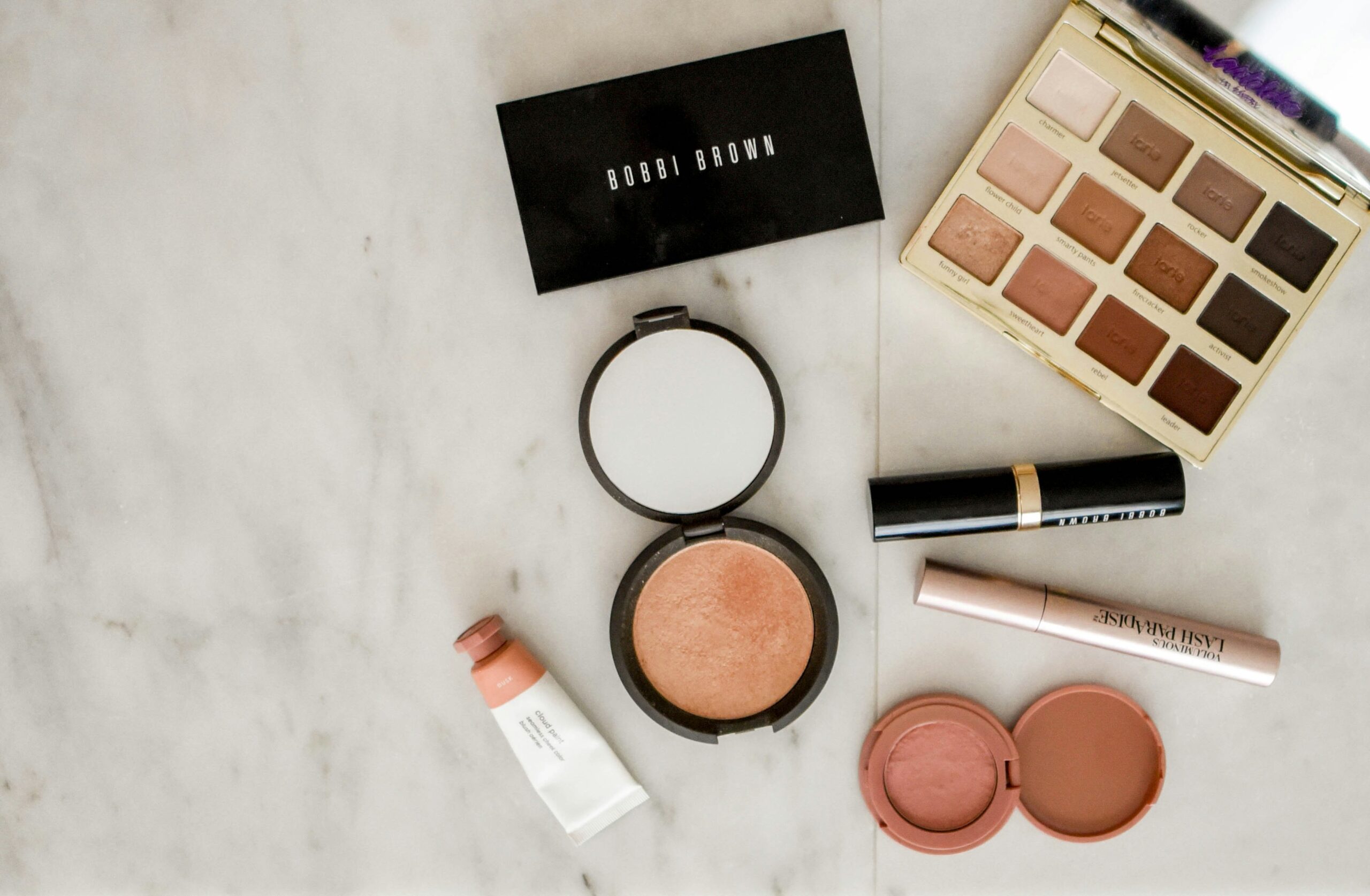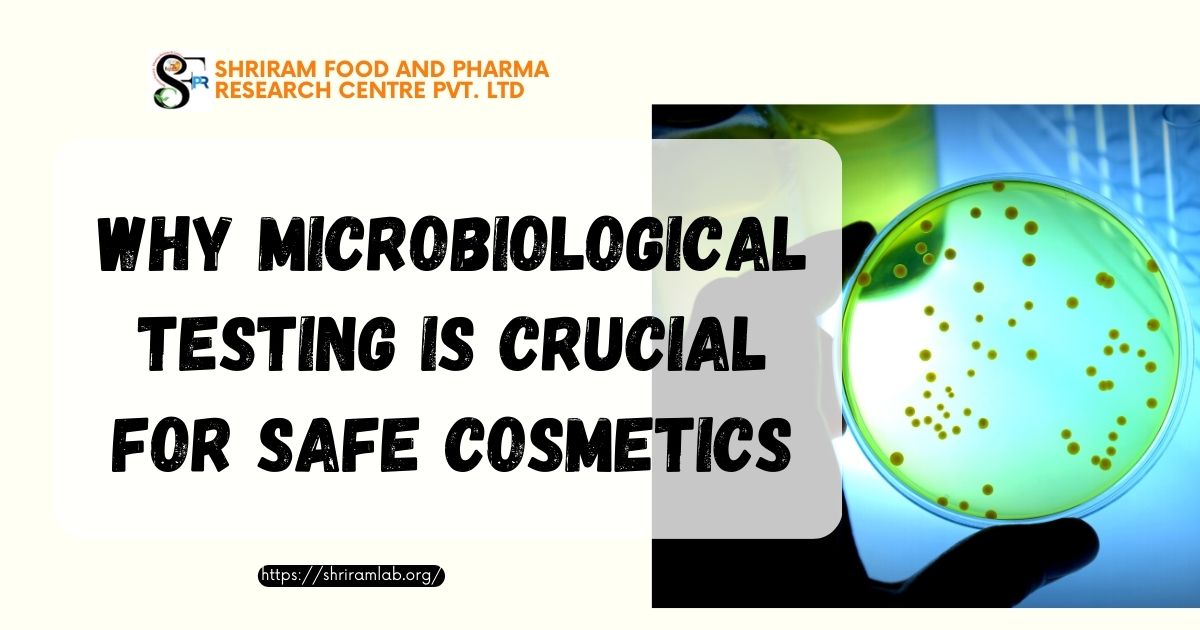Introduction to Beauty Labels and Their Impact
In today’s beauty industry, labels play a pivotal role in guiding consumer choices and shaping market trends. These labels, which include terms like ‘natural,’ ‘organic,’ and ‘clinically tested,’ serve as markers of quality, efficacy, and safety. For consumers, understanding these labels is crucial for making informed purchasing decisions, as they often promise certain standards and benefits. For the beauty industry, labels are not only a means to attract customers but also a way to differentiate products in an increasingly competitive marketplace.
The term ‘natural’ implies that the product is composed of ingredients derived from nature, without synthetic additives. ‘Organic’ goes a step further, suggesting that the ingredients are not only natural but also grown and processed according to stringent agricultural standards. These labels appeal to consumers who prioritize environmentally friendly and health-conscious choices.
On the other hand, the label ‘clinically tested’ carries a different weight. It implies a level of scientific scrutiny and validation, often suggesting that the product has undergone rigorous testing to ensure its efficacy and safety. However, the specifics of what ‘clinically tested’ entails can vary widely, leading to potential confusion among consumers. Understanding the nuances behind this label is essential for anyone looking to make well-informed beauty purchases.
As the beauty market continues to expand, the significance of these labels grows. Consumers are becoming more discerning, seeking products that align with their values and deliver on their promises. Therefore, a clear understanding of what each label signifies is not just beneficial but necessary. This blog post will delve deeper into the meaning behind ‘clinically tested,’ shedding light on its true implications and helping you navigate the complex world of beauty product labels with greater confidence.
Understanding ‘Clinically Tested’: The Basics
The term ‘clinically tested’ is frequently encountered on beauty product labels, often used to instill consumer confidence. At its core, this phrase indicates that a product has undergone some form of scientific investigation to evaluate its safety or efficacy. However, the specifics of what ‘clinically tested’ means can vary significantly, and understanding these nuances is crucial for informed consumer choices.
To be considered ‘clinically tested,’ a product must meet certain basic criteria. Typically, this involves conducting tests under controlled conditions, overseen by qualified professionals. These tests can be broadly categorized into two types: in vitro and in vivo studies. In vitro tests are conducted in a laboratory setting, often using test tubes or petri dishes, to observe how the product interacts with cells or tissues. On the other hand, in vivo tests involve trials on living organisms, which could range from animal studies to human clinical trials.
In vitro tests are particularly useful for initial safety assessments, measuring potential irritants or allergens without exposing humans to any risks. These tests can provide valuable insights but may not fully capture how the product behaves in real-world conditions. In vivo tests, therefore, serve as a critical next step. When conducted on humans, these trials are often divided into phases, starting with small groups to assess safety, and expanding to larger groups to evaluate efficacy and side effects.
It’s important to note that the term ‘clinically tested’ does not inherently assure the product’s effectiveness or safety. The depth and rigor of the clinical testing can vary widely. Some products might undergo extensive, peer-reviewed studies, while others may only complete minimal testing. Thus, while the ‘clinically tested’ label offers some degree of validation, it should be scrutinized alongside other factors such as ingredient transparency, consumer reviews, and endorsements from reputable health organizations.
The Testing Process: From Lab to Label
The term ‘clinically tested’ on beauty products often suggests a rigorous and comprehensive process, but what does this actually entail? The journey from the lab to the label is intricate and involves several critical stages. Initially, the process begins with thorough research and development. Scientists and formulators work to create a prototype of the product, utilizing various ingredients and formulations that are hypothesized to deliver the desired effects.
Once a viable formulation is created, preliminary laboratory tests are conducted. These tests often include in-vitro studies, where the product is tested on cell cultures or synthetic skin models. These initial tests aim to determine the product’s safety and efficacy before advancing to more costly and time-consuming human trials.
The next phase involves human trials, which are typically conducted in three stages. Phase I trials generally involve a small group of healthy volunteers to assess the product’s safety profile. Phase II trials expand the participant pool to evaluate both efficacy and safety, while Phase III trials involve a larger, more diverse group to confirm the product’s effectiveness and monitor for any adverse reactions. Throughout these stages, the product undergoes rigorous scrutiny to ensure it meets the necessary safety and efficacy standards.
Several organizations and regulatory bodies oversee these clinical testing processes. In the United States, the Food and Drug Administration (FDA) plays a pivotal role, while in Europe, agencies like the European Medicines Agency (EMA) and the Cosmetics Regulation (EC) No 1223/2009 govern the standards. These organizations mandate that products must adhere to stringent guidelines to gain the ‘clinically tested’ label.
Ethical considerations and safety protocols are paramount throughout the testing process. Institutional Review Boards (IRBs) and Ethics Committees (ECs) review and approve study protocols to ensure the protection of human subjects. Informed consent is obtained from all participants, and procedures are in place to monitor and address any adverse effects promptly.
Understanding the comprehensive process behind the ‘clinically tested’ label helps consumers make more informed decisions when selecting beauty products, highlighting the importance of thorough research and regulatory oversight in ensuring product safety and efficacy.
Interpreting the Results: What Consumers Need to Know
When it comes to beauty products, the ‘clinically tested’ label can be a significant factor in decision-making. However, understanding what this label truly means is crucial for making informed choices. To begin with, it is essential to look for specific claims backed by clinical data. Brands often highlight the most favorable results, but consumers should seek detailed information about the study, including the sample size, duration, and specific outcomes measured. Transparent brands will usually provide access to this data, either on their website or upon request.
Another critical aspect to consider is the reputation of the organization that conducted the clinical testing. Established research institutions or certified laboratories add credibility to the results. Be wary of vague references to “clinical tests” without specifying who conducted them, as this could be a marketing tactic rather than a genuine endorsement of efficacy.
Consumers should also be on the lookout for potential red flags. Products that claim to be “clinically tested” but lack detailed information about the methodology or results should be approached with caution. Additionally, it’s important to understand that “clinically tested” does not necessarily mean “clinically proven.” The former indicates that testing has been performed, but it does not guarantee positive results or overall effectiveness. This distinction is often exploited in marketing to make products appear more reliable than they may be.
Common misconceptions can also cloud judgment. For instance, many believe that ‘clinically tested’ products are always superior to those that are not, but this is not necessarily the case. Similarly, the presence of a ‘clinically tested’ label does not eliminate the need for individual research and patch testing, especially for those with sensitive skin or specific concerns.
By keeping these points in mind, consumers can navigate the beauty market more effectively. Understanding the real implications behind a ‘clinically tested’ label empowers individuals to make choices that are not only informed but also aligned with their personal needs and values. This knowledge serves as a valuable tool in discerning the true efficacy and safety of beauty products.




